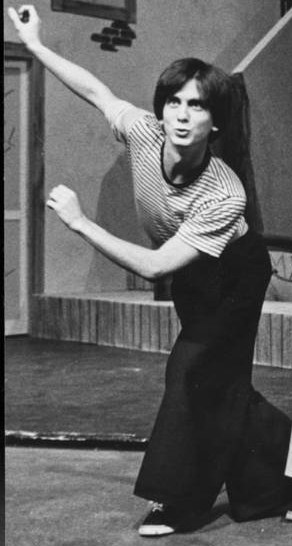
1934-2010
It was just over two years ago that I wrote of Estelle Getty's death, and almost a year later, that of Bea Arthur. With McClanahan's passing, our only remaining Golden Girl is also the oldest of them all, Betty White. She's enjoying a splendid resurgence of popularity, bless her, and I hope a year or so from now, I'm not tackling this sad task yet again.
 McClanahan was born in small-town Oklahoma, and was given the unwieldy birth name of Eddi-Rue, a combination of her parents' names. Her first clue to drop the first part of that name may have come shortly after high school, when she was drafted by the army, who mistook her for a man. She graduated with high honors from the University of Tulsa, with a double degree in Theatre and German (maybe she was planning a career doing Brecht?). She spent a bit of time in Los Angeles, studying at the Pasadena Playhouse, after which she headed to New York, where she launched an active stage career. She created the role of Lady Macbird in the Off-Broadway parody of LBJ's political rise called Macbird!, and made her Broadway debut playing a prostitute opposite Dustin Hoffman, a year or so before he met Mrs. Robinson, in the musical Johnny Shine.
McClanahan was born in small-town Oklahoma, and was given the unwieldy birth name of Eddi-Rue, a combination of her parents' names. Her first clue to drop the first part of that name may have come shortly after high school, when she was drafted by the army, who mistook her for a man. She graduated with high honors from the University of Tulsa, with a double degree in Theatre and German (maybe she was planning a career doing Brecht?). She spent a bit of time in Los Angeles, studying at the Pasadena Playhouse, after which she headed to New York, where she launched an active stage career. She created the role of Lady Macbird in the Off-Broadway parody of LBJ's political rise called Macbird!, and made her Broadway debut playing a prostitute opposite Dustin Hoffman, a year or so before he met Mrs. Robinson, in the musical Johnny Shine.


In 1970, she was hired for a short-term gig on Another World, which she parlayed into a year-long role as a wackjob obsessed with a married man, and she won an Obie for her role in Oliver Hailey's Who's Happy Now? It was that performance which caught the eye of TV writer-producer Norman Lear, who remembered her several years later
 when casting a middle-aged couple to guest star on All in the Family. (The couple was invited to the Bunkers for dinner, who soon discover they want to swap partners for a little nookie.)
when casting a middle-aged couple to guest star on All in the Family. (The couple was invited to the Bunkers for dinner, who soon discover they want to swap partners for a little nookie.)When Maude hit the airwaves, Rue appeared sporadically as divorcee and best friend Vivian
 Cavendar; she worked well with star Bea Arthur, and in a year or two, she was upgraded to co-starring status. Here is a nice clip from the first season of Maude, from the episode which caused all the fuss. It's about five minutes long, but worth watching to see how those types of sitcoms were presented in the early 70s. It's also fun to notice that both Arthur and McClanahan look substantially older in this clip than they did more than 10 years later in Golden Girls.
Cavendar; she worked well with star Bea Arthur, and in a year or two, she was upgraded to co-starring status. Here is a nice clip from the first season of Maude, from the episode which caused all the fuss. It's about five minutes long, but worth watching to see how those types of sitcoms were presented in the early 70s. It's also fun to notice that both Arthur and McClanahan look substantially older in this clip than they did more than 10 years later in Golden Girls. In the early 80s, Rue was invited to participate in The Golden Girls, but the star was not interested in the role she was offered, that of naive airhead Rose (in its later years, Maude had turned Rue's character of Vivian into a brainless twit, very different from the dry character in the above clip). Meanwhile, Betty White, well remembered from playing an aging sex-pot on The Mary Tyler Moore Show, was approached to play the similarly provocative Blanche. The stars, and soon the producers, recognized that they should switch roles, and with the addition of Arthur and Estelle Getty, the dream cast was set.
In the early 80s, Rue was invited to participate in The Golden Girls, but the star was not interested in the role she was offered, that of naive airhead Rose (in its later years, Maude had turned Rue's character of Vivian into a brainless twit, very different from the dry character in the above clip). Meanwhile, Betty White, well remembered from playing an aging sex-pot on The Mary Tyler Moore Show, was approached to play the similarly provocative Blanche. The stars, and soon the producers, recognized that they should switch roles, and with the addition of Arthur and Estelle Getty, the dream cast was set.
Since this is, after all, the Friday Dance Party, here's a quick clip of just that (take a look at those gams!):
All the ladies won Emmys during the show's run, with Rue taking her turn in 1987. After attempting an ill-advised sequel to the show called The Golden Palace (it was really tacky),
 McClanahan returned to the stage. She was seen to good effect in the all-star revival of The Women at the Roundabout Theatre (this is not the crummy film revival of a few years ago), and was the first replacement for Carole Shelley as Madame Morrible in the long-running smash, Wicked.
McClanahan returned to the stage. She was seen to good effect in the all-star revival of The Women at the Roundabout Theatre (this is not the crummy film revival of a few years ago), and was the first replacement for Carole Shelley as Madame Morrible in the long-running smash, Wicked.

Rue was the youngest of the four Golden Girls (by about a decade!), but she had her share of health trouble. She fought breast cancer in the late 90s, and in November of last year, underwent a triple-bypass. By all accounts, she was recovering well until she had a massive stroke yesterday.

I met Rue McClanahan years ago, during the height of The Golden Girls popularity. She had a friend whose daughter attended Notre Dame High School, where my friend Judy runs the theatre program, and she showed up to attend one of the performances. She was a gracious and down-to-earth lady, whom I probably embarrassed with my compliments on her work in Maude and Golden Girls.
Here is one more Dance Party clip, from the videotaped performance of Nunsense. This is clearly a woman who relished performing live.































,+Granada+Theatre,+1992.BMP)
















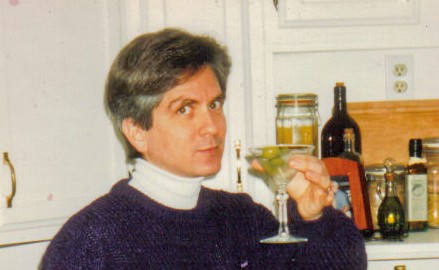






























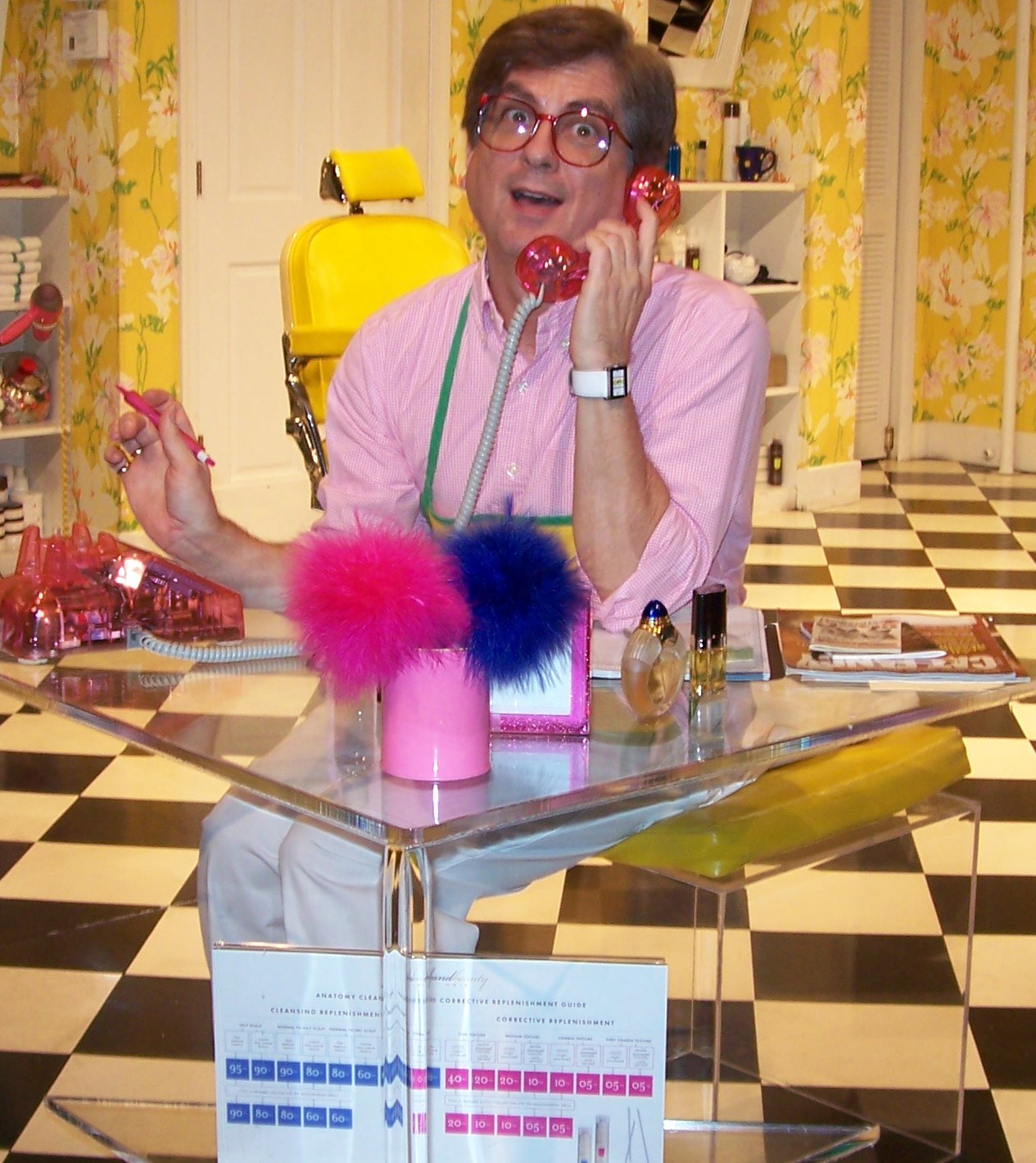

,+Olney+Theatre+Center,+2004.jpg)



,+Shakespeare+Theatre+Company,.jpg)


,+Warehouse+Theatre,+1999.jpg)
,+Are.jpg)
,+Everyman+Theatre,2002.jpg)
,+First+Nationa.jpg)
,+Shakespeare+Theatre+Company,.jpg)


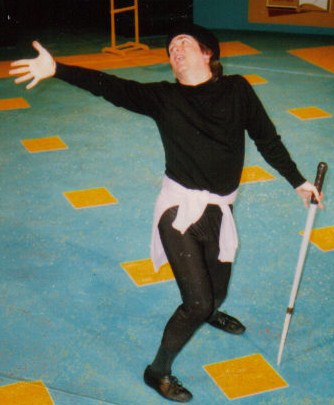
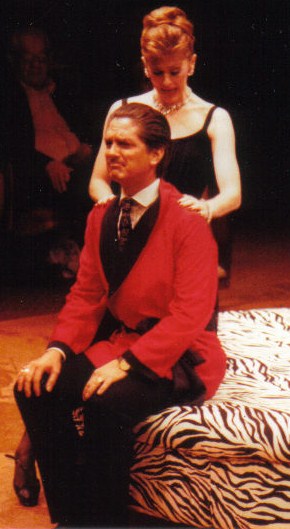


,+Granada+Th.jpg)
,+Globe+Playhouse,.jpg)
,+CSUN,+1976.jpg)
